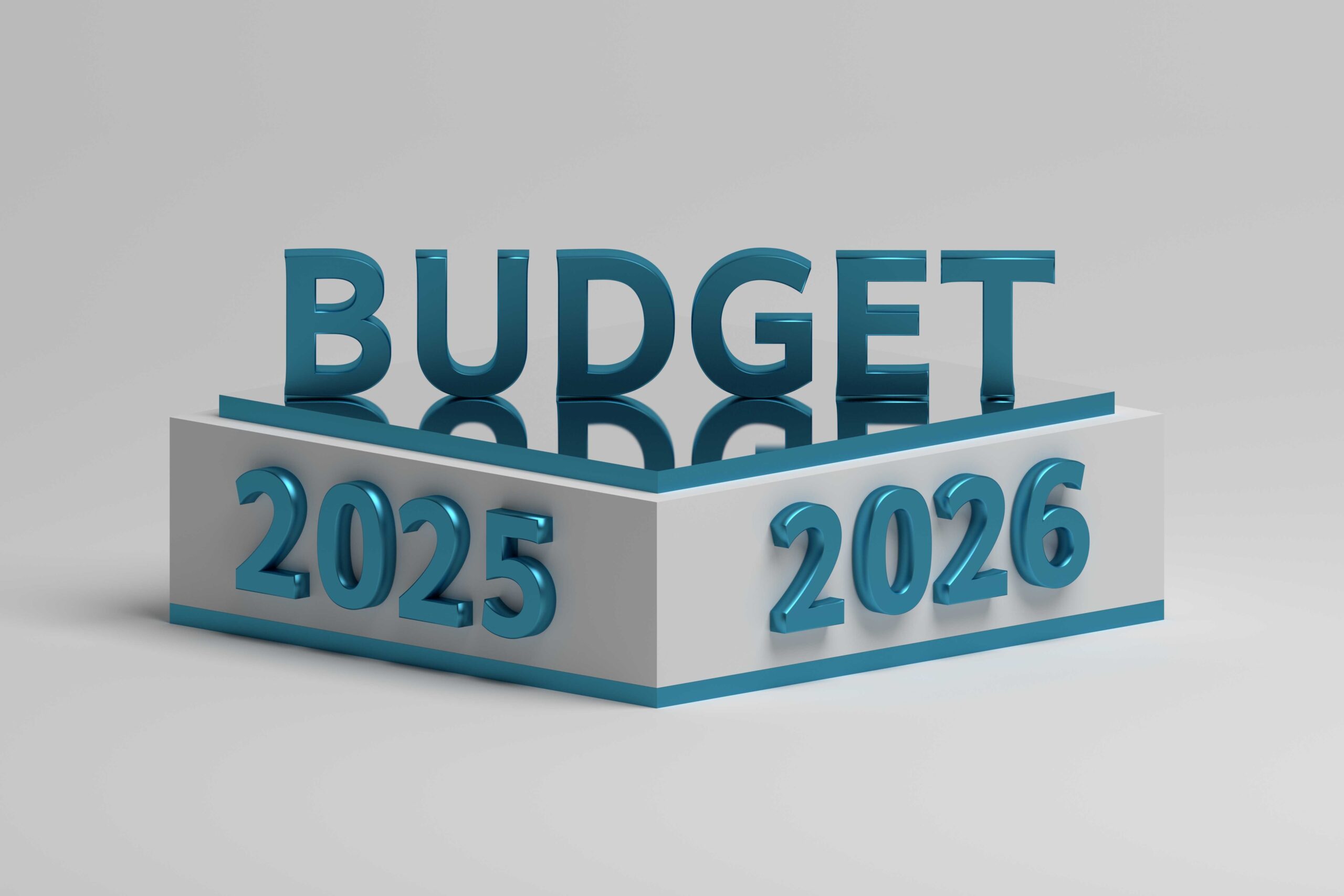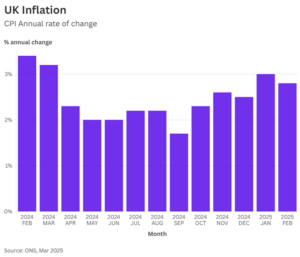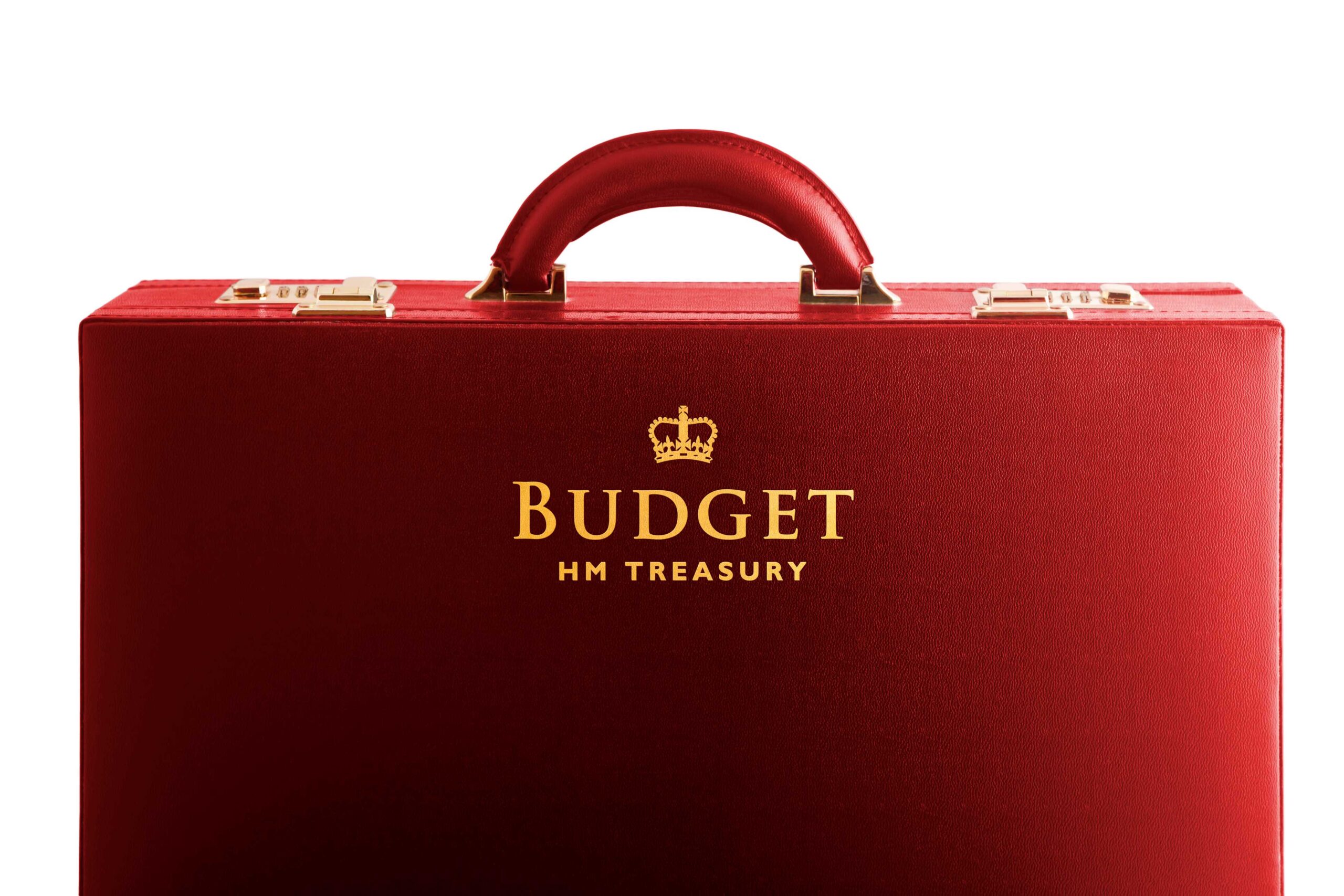
Chancellor Rachel Reeves delivered her second Budget on Wednesday, ending months of speculation, numerous leaks and U-turns and culminating in an embarrassing publication of the measures by the Office for Budget Responsibility, minutes before the speech. The 2025 Budget announced a raft of changes which aim to raise £26bn of tax and was accompanied by downgrades for UK economic growth over the remainder of this Parliament. We provide our summary of the key measures announced, that will impact financial planning decisions.
Frozen tax bands
Whilst not raising the headline rate of income tax, personal tax thresholds will remain frozen for an additional three years, extending the freeze from April 2028 to April 2031. The fiscal drag as more earnings are pulled into higher bands is likely to raise around £12.4bn per annum by 2031, according to the Office for Budget Responsibility. In addition, the nil rate bands for inheritance tax will also remain frozen until April 2031.
ISA limits changed
Whilst the annual Individual Savings Account (ISA) allowance will remain fixed at £20,000 until 2031, the maximum subscription into a cash ISA will be limited to £12,000 from April 2027, leaving £8,000 available to be invested into stocks and shares. There will be an exemption for those aged over 65, who will still be able to save the full annual £20,000 allowance into a cash ISA. The measure is designed to promote investment and reduce the general reliance on cash savings.
The annual limits for the Junior ISA will remain unchanged at £9,000 and Lifetime ISA will continue to allow a maximum investment of £4,000; however, the Government will consult on the future of the Lifetime ISA, which has not proved popular, with a view to reforming the product to better support first time buyers.
Property and Savings Income Tax rates
From April 2027, three new tax rates will be created, covering savings and property income. The new rates will be 22% for basic rate taxpayers, 42% for higher rate taxpayers and 47% for additional rate taxpayers. The higher rates of tax payable on savings income reinforce the importance of considering tax-efficiency when making investment decisions.
For property landlords, the higher rates of property tax will heap further pressure on top of legislative changes to tenancy laws to be introduced next year.
Dividend tax rate increase
The tax rates paid on dividends will increase from next April, by two percentage points. Dividends taxed at basic rate will be taxed at 10.75%, with higher rate taxpayers paying 35.75%. Interestingly, the additional rate has been left unchanged at 39.35%.
Whilst the dividend allowance remains unchanged at £500, the higher rates of tax on dividend income will impact on investments not held in a tax wrapper. As with the changes to savings income, holding equity investments within tax wrappers, such as an ISA or pension, will become increasingly important.
Limits on Salary Sacrifice for pension contributions
From April 2029, the national insurance exemption on pension contributions made through salary sacrifice will be capped at £2,000 each tax year. Contributions made above this threshold will be treated as an ordinary employee pension contribution, and therefore subject to both employer and employee national insurance.
This is disappointing and will do little to encourage those to save more into workplace pensions; however, the measures will not be implemented until 2029 to give employers time to adjust.
Venture Capital Trust relief reduced
The Government have announced that investee companies can receive higher amounts from Venture Capital Trusts (VCTs) from April 2026; however, at the same time, the upfront income tax relief on qualifying investments has been reduced from 30% to 20%. The tax relief offered provided compensation for the risk of investing in illiquid and unquoted companies, and the reduction in tax relief may deter much needed investment in Britain’s growing companies. The upfront tax relief on Enterprise Investment Scheme (EIS) remains unchanged at 30%.
Changes to Business and Agricultural Relief
Last year’s Budget introduced a new combined individual limit of £1m for assets that qualify for 100% Agricultural Relief and Business Relief, which comes into force in April 2026. When the measures were first announced, the £1m limit was per individual and not transferable between married couples. The Budget contained measures to amend these rules, so that any unused allowance can be transferred between spouses and civil partners. This is a sensible move, although one that should have been contained in the initial announcement last year. As with many other allowances, the £1m limit for 100% relief will be frozen until April 2031.
High Value Council Tax surcharge
Residential properties valued at £2m or more will be subject to a council tax surcharge from April 2028. The charge will start a £2,500 per annum and rise to £7,500 per annum for properties valued above £5m. The Government intend this charge to be collected by local councils but will consult on implementation.
No change to Capital Gains Tax (CGT)
After the increase in the rate of CGT announced in last year’s Budget, CGT allowances and rates remain unaltered for the 2026/27 tax year.
Measures taken in the round
The Chancellor chose to avoid major changes to tax legislation in this Budget, but the cumulative impact of tax increases on savings and dividends, together with frozen tax bands, will no doubt impact financial planning decisions from April 2026 onwards. Our experienced advisers can provide independent advice, tailored to your personal circumstances, to ensure tax-efficiency across your investments, and help you plan for retirement or pass wealth down across generations.









